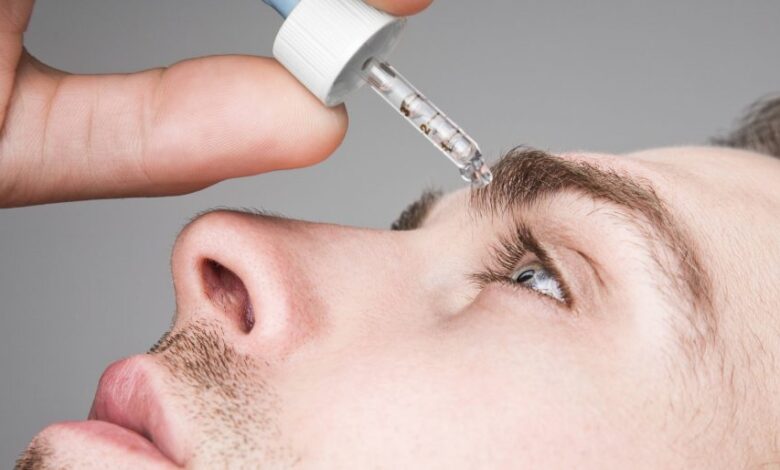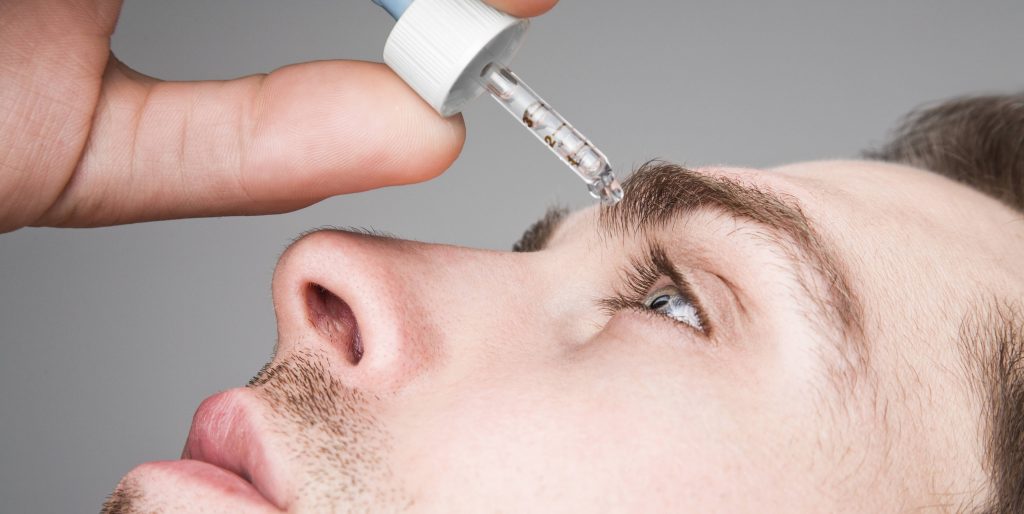

A cataract is a dense, cloudy area that forms in the lens of the eye. A cataract begins when proteins in the eye form clumps that prevent the lens from sending clear images to the retina. The retina works by converting the light that comes through the lens into signals. It sends the signals to the optic nerve, which carries them to the brain.
It develops slowly and eventually interferes with your vision. You might end up with cataracts in both eyes, but they usually don’t form at the same time. Cataracts are common in older people.
Table of Contents
Symptoms of Cataracts
Common symptoms of cataracts include:
- blurry vision
- trouble seeing at night
- seeing colors as faded
- increased sensitivity to glare
- halos surrounding lights
- double vision in the affected eye
- a need for frequent changes in prescription glasses
What Causes Cataracts?
There are several underlying causes of cataracts. These include:
- an overproduction of oxidants, which are oxygen molecules that have been chemically altered due to normal daily life
- smoking
- ultraviolet radiation
- the long-term use of steroids and other medications
- certain diseases, such as diabetes
- trauma
- radiation therapy
Types of Cataracts
There are different types of cataracts. They’re classified based on where and how they develop in your eye.
- Nuclear cataracts form in the middle of the lens and cause the nucleus, or the center, to become yellow or brown.
- Cortical cataracts are wedge-shaped and form around the edges of the nucleus.
- Posterior capsular cataracts form faster than the other two types and affect the back of the lens.
- Congenital cataracts, which are present at birth or form during a baby’s first year, are less common than age-related cataracts.
- Secondary cataracts are caused by disease or medications. Diseases that are linked with the development of cataracts include glaucoma and diabetes. The use of the steroid prednisone and other medications can sometimes lead to cataracts.
- Traumatic cataracts develop after an injury to the eye, but it can take several years for this to happen.
- Radiation cataracts can form after a person undergoes radiation treatment for cancer.
Risk Factors of Cataracts
Risk factors associated with cataracts include:
- older age
- heavy alcohol use
- smoking
- obesity
- high blood pressure
- previous eye injuries
- a family history of cataracts
- too much sun exposure
- diabetes
- exposure to radiation from X-rays and cancer treatments
Treatment of Cataracts
If you’re unable or uninterested in surgery, your doctor may be able to help you manage your symptoms. They may suggest stronger eyeglasses, magnifying lenses, or sunglasses with an anti-glare coating.
Surgery
Surgery is recommended when cataracts prevent you from going about your daily activities, such as reading or driving. It’s also performed when cataracts interfere with the treatment of other eye problems.
One surgical method, known as phacoemulsification, involves the use of ultrasound waves to break the lens apart and remove the pieces.
Extracapsular surgery involves removing the cloudy part of the lens through a long incision in the cornea. After surgery, an artificial intraocular lens is placed where the natural lens was.
Surgery to remove a cataract is generally very safe and has a high success rate. Most people can go home the same day as their surgery.
Prevention of Cataracts
To reduce your risk of developing cataracts:
- protect your eyes from UVB rays by wearing sunglasses outside
- have regular eye exams
- stop smoking
- eat fruits and vegetables that contain antioxidants
- maintain a healthy weight
- keep diabetes and other medical conditions in check
For any important information please contact us Email GadgetsNg info@gadgetsng.com
[Button id="1"]




Muchas gracias. ?Como puedo iniciar sesion?
viagra uk pharmacy
cialis for sale nz
cialis drug class
Paxil
legit online pharmacy valium
sildenafil mexico price
where to buy genuine viagra online
cialis trial
buy cialis usa
female viagra medication
viagra pharmacy prices uk
cialis paypal accepted
cialis 800mg
where to buy cialis over the counter
🌟 Amazing, this is absolutely insightful! I appreciate the work you invested in sharing this priceless information. I always great to find articulate and enlightening articles like this. Continue the outstanding work! 🔥👏💯
tadalafil online paypal
otc viagra 2018
80 mg viagra
cialis how long does it last
cialis soft tabs online
mambo 36 tadalafil 20 mg
cialis 20 mg coupon
flagyl pictures
bactrim favismo
🚀 Wow, blog ini seperti roket meluncur ke galaksi dari kegembiraan! 🌌 Konten yang mengagumkan di sini adalah perjalanan rollercoaster yang mendebarkan bagi pikiran, memicu kegembiraan setiap saat. 🌟 Baik itu inspirasi, blog ini adalah sumber wawasan yang menarik! 🌟 Terjun ke dalam petualangan mendebarkan ini dari penemuan dan biarkan pikiran Anda melayang! 🚀 Jangan hanya mengeksplorasi, alami sensasi ini! #BahanBakarPikiran 🚀 akan berterima kasih untuk perjalanan menyenangkan ini melalui dimensi keajaiban yang penuh penemuan! 🚀
lisinopril 5 mg side effects
zoloft and ambien
cipro and flagyl for uti
why spironolactone and furosemide are prescribed together
gabapentin dosing
glucophage askapatient
zithromax one dose
cephalexin for tooth infection
amoxicillin dosage chart by weight
can escitalopram cause weight gain
can you drink while taking cephalexin
ciprofloxacin / dexamethasone ear drops reviews
gabapentin 400mg
amoxicillin liquid
bactrim ds strength
can you get high off escitalopram
what is the most common side effect of gabapentin?
cozaar walmart price
how to use ddavp intranasal
wellbutrin and citalopram
depakote mechanism of action
who makes cozaar
dosage of ddavp for bedwetting
diclofenac potassium vs ibuprofen
buy augmentin
diltiazem 30 mg tab
ezetimibe market share
will flexeril show on a drug test
flomax and benadryl
uptodate contrave
aripiprazole purchase
amitriptyline side effects when stopping
aspirin dosage for cats
• allopurinol
how long does it take for baclofen to work
bupropion hcl 150mg
What a glorious day it is today! Your post adds an extra layer of brightness to this already radiant day.
wow, amazing
will augmentin treat strep throat
what is the generic for celebrex
ashwagandha ksm-66
buspirone 45 mg
celexa vs.paxil
celecoxib chemical structure
45 units semaglutide
abilify.
acarbose mp
pharmacodynamie actos
robaxin and norco
repaglinide tablets side effects
protonix granules
remeron high
what is robaxin used to treat
repaglinide eg 0.5 mg
is spironolactone potassium sparing
sitagliptin other names
ananin amina ayagimi sokucam az kaldi
topamax synthroid
how long do venlafaxine side effects last
voltaren price
tizanidine medication
tamsulosin premature ejaculation
can i take wellbutrin and hydrocodone
zetia side effects
india pharmacy http://indiaph24.store/# world pharmacy india
indian pharmacy
does zofran make you feel high
zyprexa contraindications
zofran category for pregnancy
zyprexa for major depression
Phenomenal find! I’m in awe of what I’ve stumbled upon!
This post is revolutionary! A true internet game-changer!
I’m genuinely impressed! Mind-bogglingly good!
A true digital masterpiece! I can’t get enough of this!
Exceptional brilliance! This post is unforgettable!
This post is truly impressive! Kudos to the author!
This post is truly impressive! Kudos to the author!
This content is top-notch! I thoroughly enjoyed it!